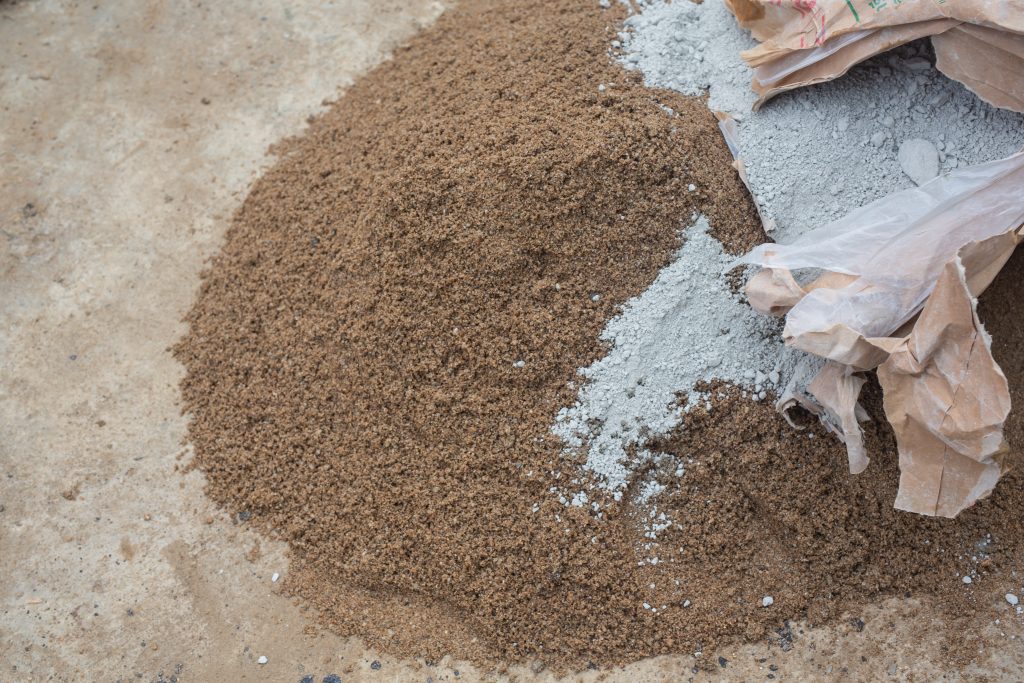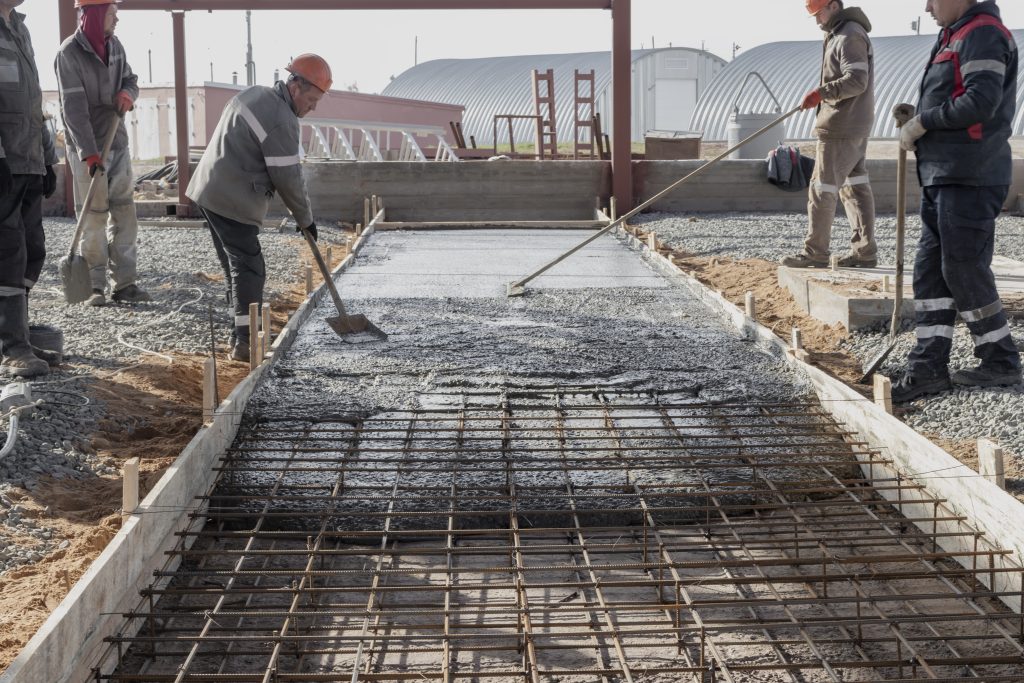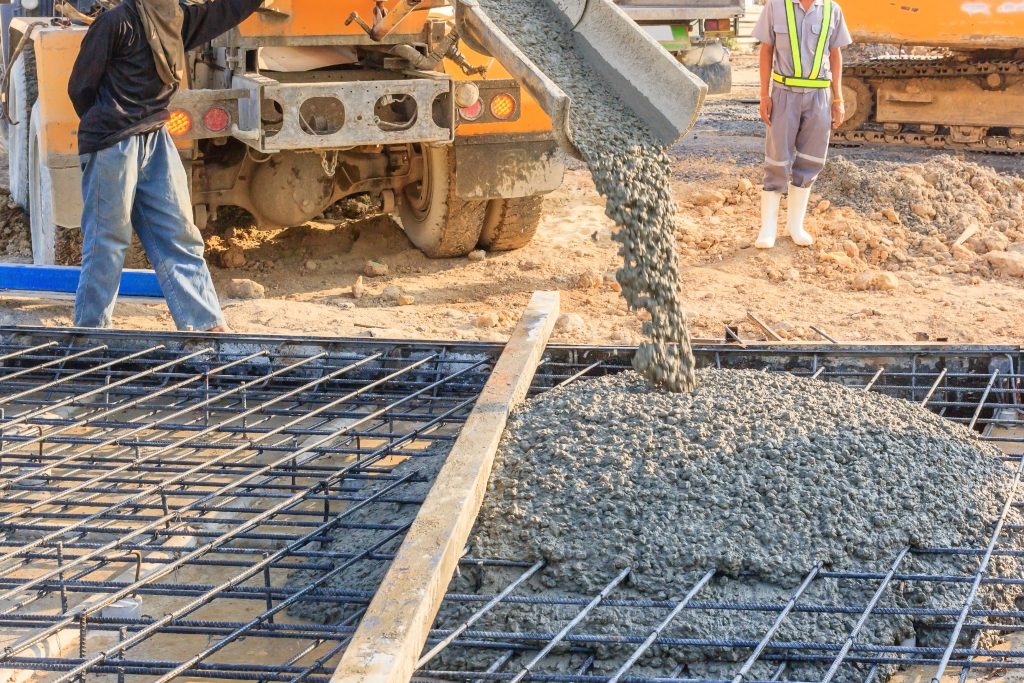Concrete is a crucial material in the construction industry due to its strength, durability and versatility. It is used in foundations, walls, floors and roofs. Its unique properties allow it to transmit loads and support heavy structures. Concrete is made by mixing cement, water and aggregates. Different construction projects require different concrete mix ratios. In this article, you can get information on how to calculate M20 concrete ratio for a 1 cubic metre block.
What is M20 Concrete Ratio for 1 Cubic Metre?
The M20 grade of concrete is commonly used in construction for various structural components like footings, columns, beams, and slabs. It is considered as the minimum nominal mix of concrete for Reinforced Cement Concrete (RCC) works.
The M20 grade indicates the strength of the concrete, which is 20 megapascals (MPa) or 20 Newton per square millimetre (N/mm²) after 28 days of curing.
The ratio of ingredients in the M20 concrete mix is approximately one part cement, one and a half parts sand and three parts aggregate (crushed stone or gravel) by volume. The water-cement ratio for M20 concrete should be maintained between 0.4 and 0.6.
How to Calculate M20 Concrete Ratio Per 1 Cubic Metre?
To calculate the quantity of each ingredient needed for 1 cubic metre of M20 concrete, you can use the following steps:
1. Determine the weight of cement
The cement required for 1 cubic metre M20 concrete is 1 part of the total volume of the concrete mix. Therefore, the weight of cement required can be calculated as:
Weight of Cement = Density of Cement x Volume of Cement in the total volume of concrete
Where cement volume = (cement ratio/sum of M20 ratio) * Dry volume of concrete
2. Determine the weight of sand
The proportion of sand in the mix is 1.5 parts. Thus, the weight of sand required can be calculated as:
Weight of Sand = Density of Sand x Total Volume of Sand in the total volume of concrete
Where sand volume = (sand ratio/sum of M20 ratio) * Dry volume of concrete
3. Determine the weight of aggregate:
The proportion of aggregate in the mix is 3 parts. The density of aggregate varies depending on the type and size of the aggregate. Now, you can calculate the weight of aggregate as:
Weight of Aggregate = Density of Aggregate x Volume of Aggregate in the total volume of concrete
Where aggregate volume = (aggregate ratio/sum of M20 ratio) * Dry volume of concrete
Next, add the weights of cement, sand and aggregate to get the total weight of the ingredients needed to produce 1 cubic metre of M20 concrete.
Please note that the densities of cement, sand and aggregate may vary. Additionally, it is crucial to consider any adjustments required based on factors like moisture content in the materials and the desired workability of the concrete.
How to Mix M20 Concrete Ratio Per 1 Cubic Metre?
Here is a step-by-step guide on how to mix M20 concrete:
- Calculate the required volume of each ingredient based on the concrete mix ratio (1:1.5:3).
- Prepare the mixing equipment. Ensure you have a clean and sturdy mixing vessel, such as a concrete mixer or a wheelbarrow.
- Start by pouring the cement into the mixing vessel. Ensure it is evenly spread in the vessel.
- Add sand to the mixing vessel. Distribute it evenly over the cement.
- Thoroughly mix the cement and sand together until they form a uniform mixture. Make sure there are no lumps.
- Add the coarse aggregates (i.e., crushed stone or gravel) to the mixture, continuously mixing it in as you go.
- While mixing, monitor the consistency of the concrete. It should neither be too dry nor too wet. Add a small amount of water if needed to achieve the desired workability.
- Keep mixing the ingredients until they are fully combined and form a homogeneous mixture with the desired consistency.
- When the mixing is complete, inspect the mixture to ensure there are no dry spots or clumps.
Transform your space with premium-quality concrete cement from JK Cement.
FAQs
What is the importance of maintaining the correct water-cement ratio in M20 concrete?
Maintaining the correct water-cement ratio in M20 concrete is essential to achieve the desired workability and strength. The water-cement ratio affects the hydration process, workability and durability of the concrete.
What are some common mistakes to avoid when calculating the M20 concrete ratio?
When calculating the M20 concrete ratio, it is important to avoid common mistakes such as using inaccurate or inconsistent measurements, neglecting to account for the moisture content in materials or disregarding the recommended proportions.
Can different types of aggregates be used in the M20 concrete mix?
Yes, different types of aggregates can be used in the M20 concrete mix based on project requirements. The choice of aggregates depends on factors like strength requirements, availability and regional specifications. Hence, it is important to select aggregates that are appropriate for the intended use and meet relevant quality standards.














